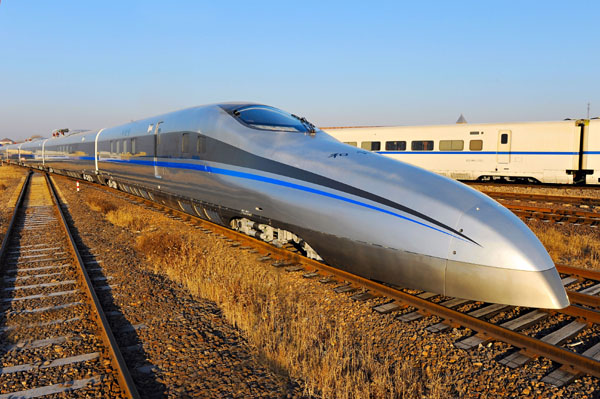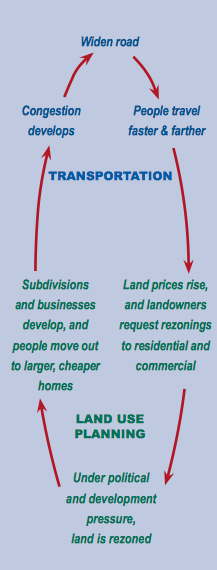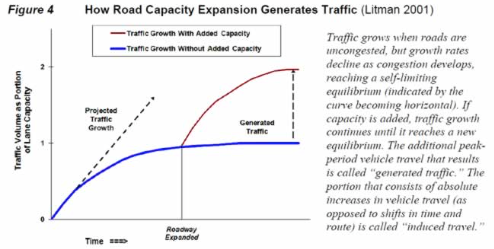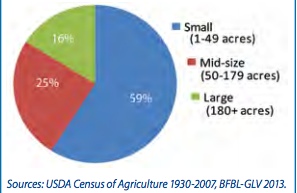Every couple of months we see another article about the potential for passenger rail in the LV.
I am a big dreamer when it comes to potential rail service in the LV. To me it’s ridiculous we are the population center and the location we are and have no passenger connections to the rest of the NE.
The latest article in the Morning Call focuses on new leadership in the LVPC who may be interested in taking another look at rail.
“For some, Bradley’s arrival this month as the new LV Planning Commission director also comes at a good time. Bradley succeeded Mike Kaiser, who directed the Commission for 45 years. Rail advocates frequently blamed Kaiser for not taking their pleas to bring passenger rail to the Valley seriously. Kaiser always explained that he liked passenger rail, but argued that the limited number of people it would benefit in the Valley didn’t warrant the more than $1 billion cost of building it.”
As I said, I’m admittedly a dreamer when it comes to the possibility of passenger rail. I’m all for addressing the issue. BUT the key is building a true high speed rail (HSR) system. And the reason is to make the system financially viable. If we don’t truly commit to HSR then I tend to agree with Kaiser that the market just isn’t here. Why? The issue with Amtrak is profitability. Today with most destinations the bus network is a far better value then Amtrak. *And this is with Amtrak benefitting from massive gov’t subsidies. This won’t change until we unlock the potential of HSR. As a country we’re behind Laos, Thailand, Turkey, and Morocco in terms of HSR.
*You can make the argument that the bus system also benefits massive gov’t subsidies via highway funding. Though not the case in the Lehigh Valley where LANTA operates on a pretty streamlined budget.

Chinese Bullet train travels at over 300 mph. I’d love to see more train routes in the NE and specifically here in the LV. But the key is speed. 300mph bullet trains like this one here could people from the LV to NYC in less then an hour with stops. Speed is the key to making trains marketable and profitable.
It’s simple, until rail offers a significant advantage over buses and even goes so far as to compete with ‘short hop’ airlines there is no reason to make the investment and I wouldn’t support it. Once trains are getting people from Boston to DC in 3 hours then folks will pay a premium price and the critical mass of trains will run full. Just look to Acela, the train that runs by far and away Amtraks most successful route. Coincidently it’s the closest we have to true HSR. Even the most conservative estimates show a 20% profit margin with some bolder claiming upwards of 40%.
People will pay premium for convenience. With travel that means comfort and speed. Show me a rail plan that addresses these two critical goals and I’d be leading the charge. The economic benefits of HSR passenger connections for the LV would be tremendous.
UPDATE: Found this Express Times guest column which uses 2010 data from a study that was conducted. It supports my thoughts that anything “low speed” isn’t worth the investment. HSR would completely change the argument. The study cites a 2.5 hour train trip to NYC. The kind of HSR I’m talking about would get you to NYC in an hour. It’s interesting to see train supporters absolutely unload on this study in the comments which are worth reading. I tend to agree with many that the study seems seriously flawed and biased so look forward to tackling the problem from a more optimistic angle.
Here is a counterpoint in support – Kirk Raup has worked as an advocate for LV Rail for 2 decades makes a great case for the why. All of his logic on the ‘why’ I agree with.
With about 80 percent of our federal transportation dollars going to highways and aviation, we should have the best and least costly travel and commuting options anywhere. But we don’t, and there’s no excuse for it. Decades of widening roads, building new interstates and performing endless work on the Turnpike and routes 309 and 22 are breaking our backs; we all know this nonsense is unsustainable.
(Speaking of highway funding breaking our backs….)
His solution is a SEPTA like system connecting the valley to other lines. It’s an interesting proposal. I still think my argument that only higher speeds can change the games makes sense. People would pay double the projected price changing the whole base economics.





